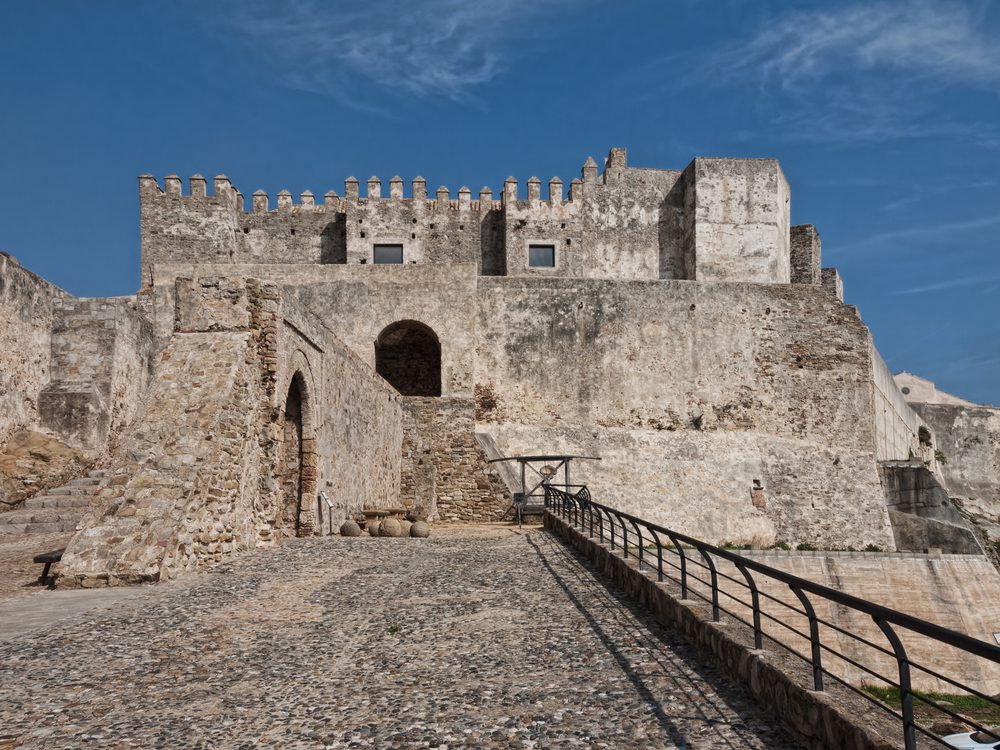Castle of Guzmán el Bueno
National Historical Monument and Site of Cultural Interest as Fortress/Alcazaba from the 10th century.
Magnificent work of defensive engineering erected in the highest part of the historic center by order of Caliph Abderramán III of Córdoba, to which new defensive elements, styles and uses have been added, such as its palatial stage during the 16th century in the that the Renaissance was introduced in Tarifa.
Its name “Guzmán el Bueno” responds to the behavior of don Alonso Pérez de Guzmán, warden of this fortress during the siege that Benimerines, Nazaríes and the infante don Juan de Castilla besieged Tarifa in 1294. Defending it and for it to continue in Christian hands He did not agree to hand her over to the threat of killing his son, to which he responded by throwing his own knife. For this gesture Don Alonso was deserving of the nickname “El Bueno” in addition to obtaining other great privileges.
The strategic hill where the Castle of Guzmán el Bueno is located has known occupations since the Bronze Age, at least since the 2nd millennium before our era and at least since the 6th century BC, a Phoenician settlement, which at that time was an authentic peninsula, flanked to the south by the sea, which reached to its feet, and to the north by a river. The Romans also established themselves as evidenced by the finding of walls under the passage of the Inscription door and the pavement of Tarifa slabs broken by the foundations of the caliphal castle in the room various ceramics and funerary stone urns.
Its plant is trapezoidal, with flanking towers. In its interior, its caliphal walls stand out, built with ashlars (large well-cut stones placed “on a rope and brand”, some showing the longest side and others the shortest), notable Gothic and Renaissance polychrome mural paintings, the sebka or frieze Mudejar with alternating geometric motifs of eight-pointed stars and alfardons and Renaissance tiles.
The most representative elements are the albarrana tower that is joined to the castle by a corach, the homage tower and the Church of Santa María.
Schedule and prices
For schedule and prices consult the telephones:
687 788 466
607 684 871

